Sober living
Difference Between Residential Treatment and Sober Living
Warning: curl_exec() has been disabled for security reasons in /home/flecoe8b/nictech.vn/DocumentRoot/wp-content/plugins/wp2speed/lib/includes/utils.php on line 3
Notice: Undefined offset: -1 in /home/flecoe8b/nictech.vn/DocumentRoot/wp-content/plugins/wp2speed/lib/includes/utils.php on line 3
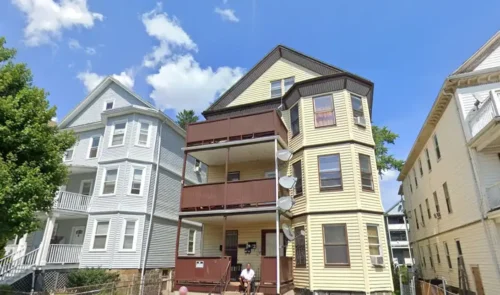
Rules exist in both types of residences, but they’re enforced differently based on each facility’s specific goals and objectives for its residents’ recovery. The length of stay at these establishments depends on several factors, including progress made during recovery. Still, the terms “sober living home” and “halfway house” are sometimes used interchangeably, depending on the area where you live. Explore the problems getting insurance coverage for drug rehab and learn how to navigate the system effectively. Explore recovery and thoughts of using with effective strategies, support, and stages in addiction recovery.
Main Differences Between Residential Treatment and Sober Living
If you or a loved one has recently completed an addiction treatment program, you might want to consider attending sober living. At New You Sober Living, we can provide you with the support and structure you need to ease the transition from living in a facility to independence. In fact, research has shown that residents in sober living homes experienced significant improvements in abstinence rates, increasing from 20% at baseline to 40% at six months and 45% at 12 months. These homes provide a gradual reintroduction to the challenges of daily life, reducing the risk of relapse and promoting long-term sobriety. Sober living homes offer a semi-structured environment designed to support recovery while encouraging independence. Residents live in a shared space with others on a similar journey, creating a sense of community and mutual accountability.
Finding Your Initial Care at FHE Health
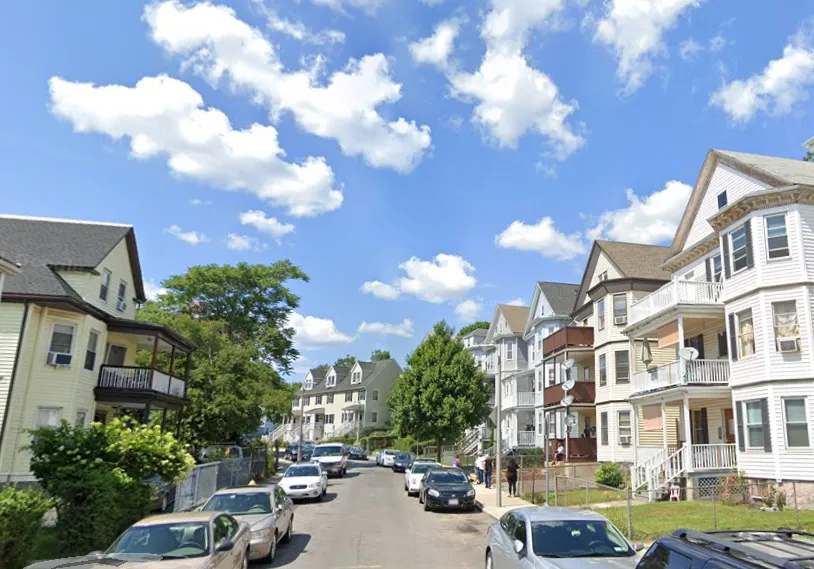
Living with other individuals who are facing the challenges of newfound sobriety together can be a powerful source of support. While rehab centers like residential treatment programs provide you with the tools and support you need to achieve sobriety, they do not cure addiction. Sometimes, it is necessary to secure a little extra help in the form of a sober Alcoholics Anonymous living environment. Inpatient rehab is more intensive, providing structured care, while outpatient rehab offers flexibility for those with work, school, or family responsibilities.
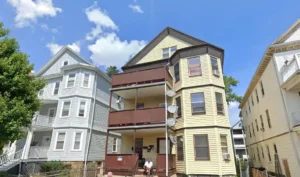
Differences Between Sober Houses And Rehab Centers
Rehabilitation, often referred to as “rehab,” is a comprehensive treatment program designed to address the physical, psychological, and social aspects of addiction. Residents in sober living homes share similar experiences and can offer advice, encouragement, and accountability to one another. This peer support is critical for individuals who are transitioning from rehab and learning to navigate life without substances. Rehab centers employ medical professionals like doctors, nurses, and psychiatrists.
On the other hand, sober homes, like this one in CT may have a more laid-back environment and provide an increased level of freedom while still following curfews and rules. Sober houses also provide more mobility to the residents and they are allowed to visit friends and family. They provide a smooth transition by incorporating healthy activities like exercise and other hobbies.
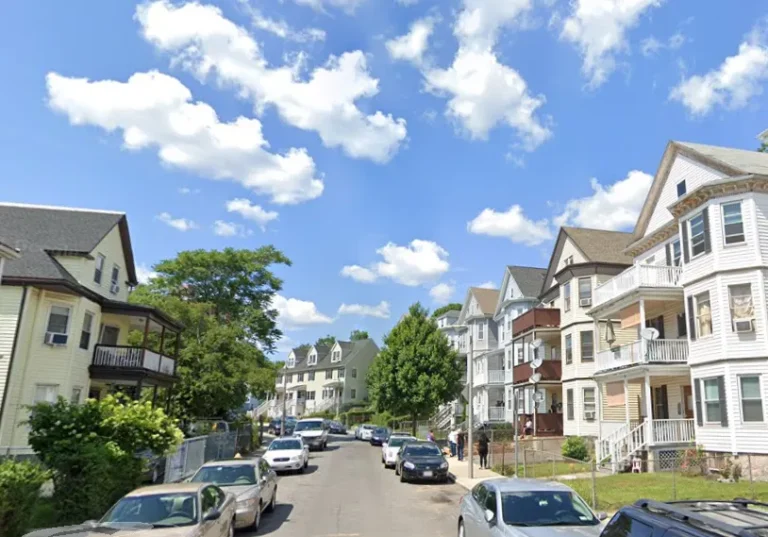
Unique Aspects of Sober Living Home Facilities
Inpatient rehab also offers evidence-based therapies to address addiction and co-occurring mental health conditions. For many individuals, the recovery journey begins with residential treatment and then progresses to sober living. Residential treatment provides the structure and support needed to address the immediate challenges of addiction or mental health struggles. It offers a safe space to stabilize physically and emotionally while learning critical skills for maintaining sobriety. For individuals recovering from addiction or completing a prison sentence, finding the right supportive environment is crucial for effective reintegration into society. Among the options available, sober living homes and halfway houses each offer unique benefits and structures tailored to different needs.
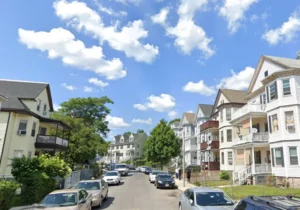
Explore why hitting alcohol rock bottom before treatment can hinder recovery and learn about early intervention. Discover how yoga therapy for recovery supports physical, mental, and emotional healing on your journey. Unravel the surprising connection between OCD and addiction, exploring causes, effects, and treatment options. COVID-19 dramatically shifted individual’s mental health and well-being for the worse. Learn to overcome denial in addiction recovery, embrace therapeutic approaches, and celebrate sobriety.
Does your Insurance Cover Rehab?
A rehabilitation center is an in-patient medical facility that supports individuals who struggle with alcoholism and substance use in their journey of recovery. Individuals who are patients of a rehab center remain a resident of the center and are often required to remain on site throughout the duration of their stay. They offer additional support, including on sober living vs rehab site medical staff, to provide added care and assistance to their patients.
- Sober living homes are designed to support long-term recovery by providing a safe, sober environment where individuals can slowly reintegrate into society.
- This transition allows for a gradual reintroduction to daily life while maintaining a recovery-focused environment.
- If you found this blog helpful, share it with someone who might benefit from learning more about treatment and sober living.
Sign Up & Get Our FREE Recovery Guide
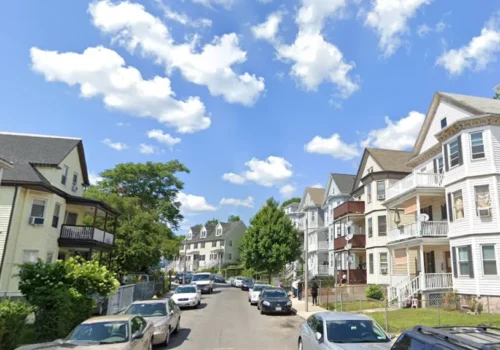
Rehabilitation centers are often equipped to support individuals through or shortly after their detoxification (detox) phase. At Trinity Behavioral Health, we understand that each individual’s recovery journey is unique. We offer both residential rehab and access to sober living homes to provide comprehensive and personalized care for our clients. When researching sober living homes, it’s important to ask about their level of structure, rules and regulations, expectations for residents, and the type of social support they provide. Additionally, inquire about any additional services they offer, such as relapse prevention and aftercare planning.
- Some people attempt to quit on their own due to stigma, financial concerns, or the belief that they can manage their addiction without outside assistance.
- A treatment center will attempt to verify your health insurance benefits and/or necessary authorizations on your behalf.
- These programs use scripture-based teachings, pastoral counseling, and faith-centered support groups such as Celebrate Recovery.
- Luxury rehab offers high-end accommodations and holistic treatment options, including spa treatments, gourmet meals, and private therapy sessions.
Rehab vs Sober Living: Your Guide to Recovery Success
They lay the foundation for recovery, introducing residents to 12-step meetings and providing medical support. Halfway houses serve as transitional living facilities primarily for individuals exiting correctional facilities or inpatient rehabilitation programs. They are frequently court-mandated and offer structured support aimed at reintegrating these individuals back into society. With a focus on accountability, halfway houses typically enforce strict rules such as curfews, mandatory treatment sessions, and drug testing.




